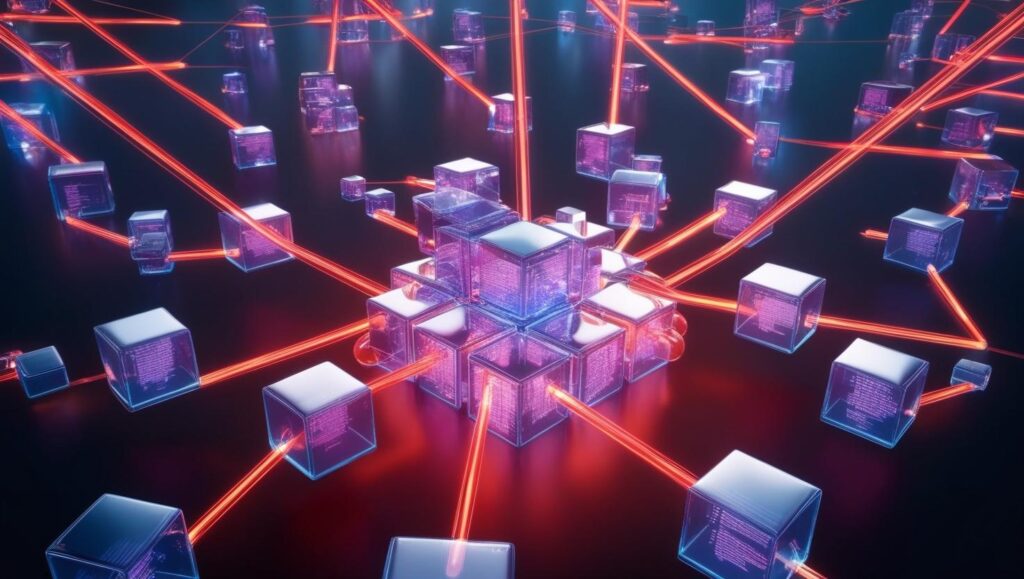The internet is evolving, and Web3 is at the center of this transformation. Unlike its predecessors, Web3 is built on decentralized technologies such as blockchain, smart contracts, and decentralized applications (dApps). But what does this mean for users, businesses, and cybersecurity? Let’s explore the key aspects of Web3 and how it is reshaping the digital world.

The Evolution from Web1 to Web3
To understand Web3, it’s essential to look at its predecessors.
- Web1 (Static Web): The early internet (1990s) consisted of static pages with limited user interaction. It was primarily a read-only experience.
- Web2 (Social & Interactive Web): The rise of platforms like Facebook, YouTube, and Twitter enabled user-generated content, social networking, and cloud-based applications. However, large corporations controlled user data, leading to privacy concerns.
- Web3 (Decentralized Web): Web3 aims to eliminate intermediaries and give users control over their data and digital assets through blockchain technology.
Key Features of Web3
Web3 introduces several innovations that distinguish it from Web2.
- Decentralization: Unlike Web2, where data is stored on centralized servers, Web3 relies on blockchain networks, reducing the risk of censorship and data breaches.
- Blockchain-Based Identity: Users can own and control their digital identity through cryptographic wallets, enhancing privacy and security.
- Smart Contracts: These self-executing contracts automate processes without intermediaries, reducing costs and increasing efficiency.
- Tokenization & Cryptocurrencies: Web3 economies are driven by digital tokens, which can represent assets, governance rights, or access to services.
- Interoperability: Web3 applications (dApps) can interact across multiple blockchains, ensuring a more connected and open ecosystem.

Web3 and Cybersecurity: Benefits and Challenges
While Web3 enhances security in many ways, it also presents new challenges.
- Enhanced Security: Blockchain’s cryptographic nature makes it resistant to data tampering and hacking. Users have greater control over their information, reducing reliance on centralized databases.
- Phishing & Scams: As with any new technology, Web3 is not immune to cyber threats. Phishing attacks targeting crypto wallets and smart contract vulnerabilities remain concerns.
- Decentralized Identity Risks: While self-sovereign identities improve privacy, losing access to a private key can mean permanent loss of digital assets.
- Regulatory Uncertainty: Governments are still developing regulations for blockchain-based systems, which can impact security standards and user protection.
How Web3 Impacts Businesses and Consumers
Web3 is not just a technological shift; it is transforming business models and user experiences.
- Decentralized Finance (DeFi): Web3 enables financial services without traditional banks, providing global access to lending, borrowing, and trading.
- Metaverse & Digital Ownership: Virtual worlds powered by Web3 allow users to own digital assets, including virtual land and NFTs.
- Privacy-First Browsing: Web3 browsers like Brave prioritize user privacy, blocking trackers and rewarding users with tokens for their attention.
- New Business Models: Companies can use decentralized autonomous organizations (DAOs) to make community-driven decisions and distribute governance power.

The Future of Web3: What’s Next?
Web3 is still in its early stages, but its adoption is growing rapidly. Innovations in artificial intelligence (AI), quantum computing, and enhanced blockchain scalability will further refine the Web3 landscape. As more industries integrate Web3 technologies, the digital world will become more decentralized, secure, and user-centric.
Web3 represents the next evolution of the internet, promising greater transparency, security, and user empowerment. However, challenges like regulation, security risks, and usability barriers must be addressed to achieve mass adoption. Whether you’re an investor, developer, or everyday user, staying informed about Web3 is essential in navigating the future of the internet.